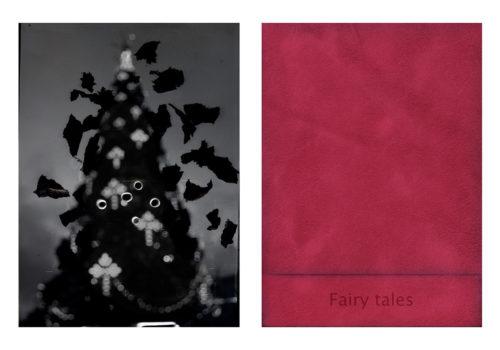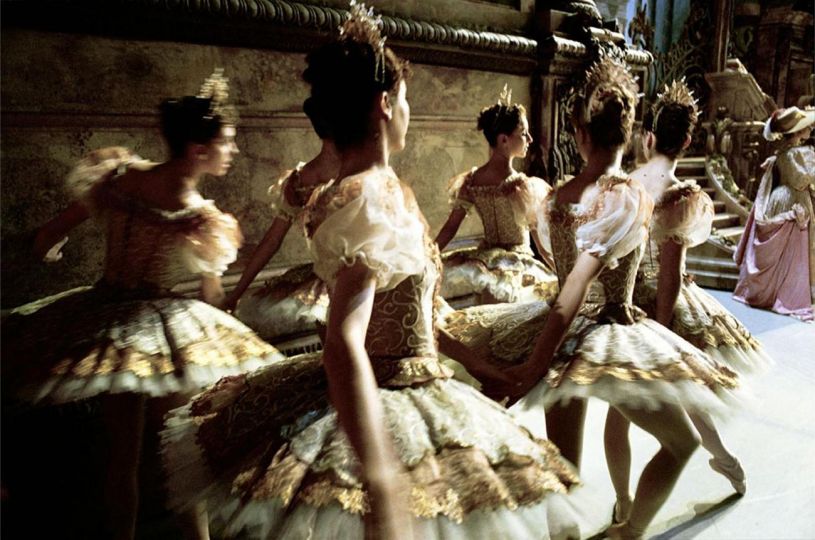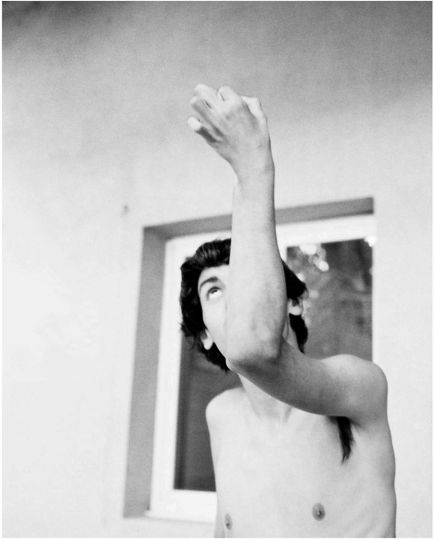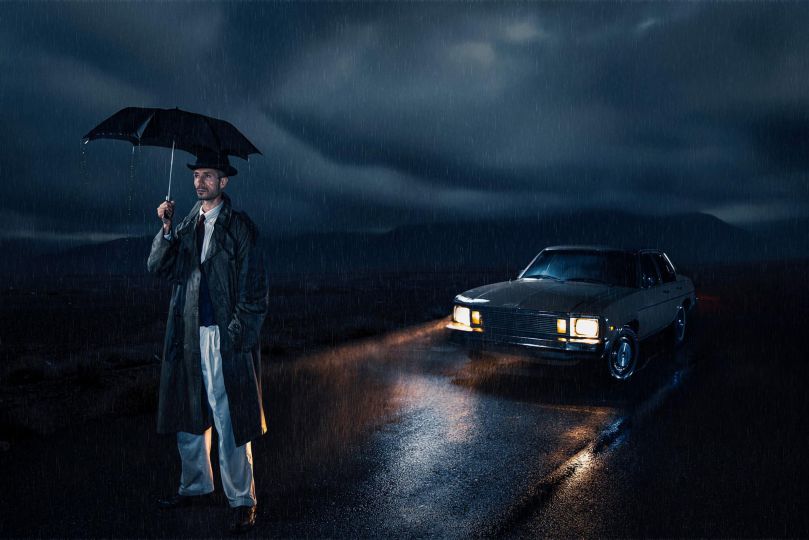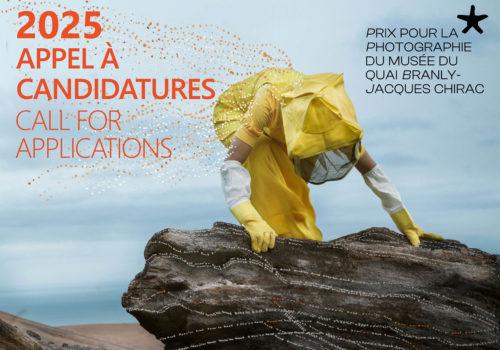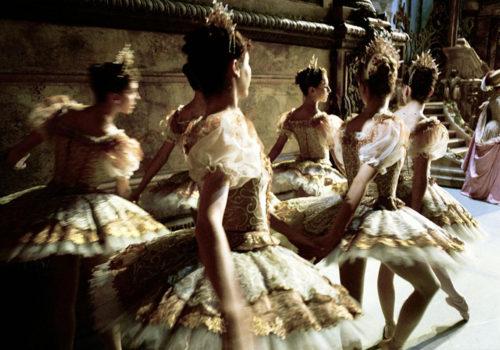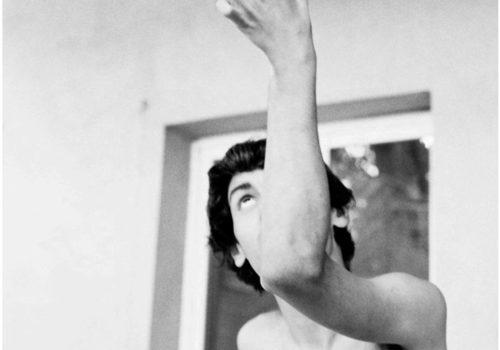Shoebox Stories
(The Eclipse of Family Histories and Surrogate Memory Tropes)
by L. Mikelle Standbridge
FAMILY PHOTOGRAPHS’ LIFE-LINE IS NARRATION
Photography risks eclipsing our capacity to recall. It is almost always associated with memory, as if photography in and of itself harbors memories, however, people are the real key to animating an otherwise mute photo when it comes to recounting and preserving family histories. Ironically, the more we accumulate limitless, unedited, candid, digital snapshots of family life, the less likely it is that any of those photos ever get printed, touched by human hands, narrated, or passed down to future generations to be relived.
The problems of organization, selection, storage, formatting, and viewing-platforms will most likely render obsolete meaningful future family photo exchanges. The instantaneous and ubiquitous have duped us into thinking that photographs are going to tell the stories for us — automatically transmit their importance, disclose personal meaning, and ensure longevity. But the sheer volume invites the opposite, and the antiquated human ritual of storytelling will be the act that saves, not only our memories, but photography itself from oblivion.
THE VIEWING RITUAL ENTAILED THE PHYSICALITY OF THE PRINT, PROXIMITY TO OTHERS, INTIMACY, AND AN ACTIVE PARTICIPATION
Until the digital era, family photo-stories were usually brought to life, fleshed out, and embellished by family and relatives who gathered around the kitchen table, sifting through the couple dozen dog-eared photographs which filled a shoebox. Of equal importance to the subject of the photo (for example, a picture of you at age two in the bathtub) was the anecdote that accompanied it and the physical proximity to the relative telling the story. When the images were passed back and forth it was like an extension of your body. It was not just a visual experience, you felt your inclusion. There was an intimacy, a bonding, created with the people encircling you, because at that moment nothing seemed more important. There was no other place you would have rather been.
AUTHORSHIP OF PHOTOGRAPHY IS NOT IMPORTANT FOR MEMORY AS ONE IMAGE CAN STAND IN FOR ANOTHER.
It requires practice for legacies to be committed to memory and have a trans-generational future. There is no stopping the recollection-enfeebling trend of undervalued, short-lived, digital family photography that has been set in motion. In counterpoint or at least in parallel to this current, this series, “Shoebox Stories”, exists as a trigger to oust memories from latency. The photographs are intended as visual tropes — a kind of stand-in for a motif, theme, or life pattern (childhood dreams, teenage heartbreak, marital vows, parenthood, aging, fear of dying, etc.) which invite the viewer, upon choosing an image from the selection, to dig up a story from their past and recount it to someone near. The photographs are very intentionally not framed under glass, to re-evoke the haptics surrounding household viewing, to sense the intimacy of prints. Paired with each black and white image is a color, to call forth emotions, and a word, to excite flashbacks and flashforwards within the chronology of life events.
This archetypal photo album serves as a surrogate or proxy just long enough to elicit oration and imagination alongside one’s own collection.

